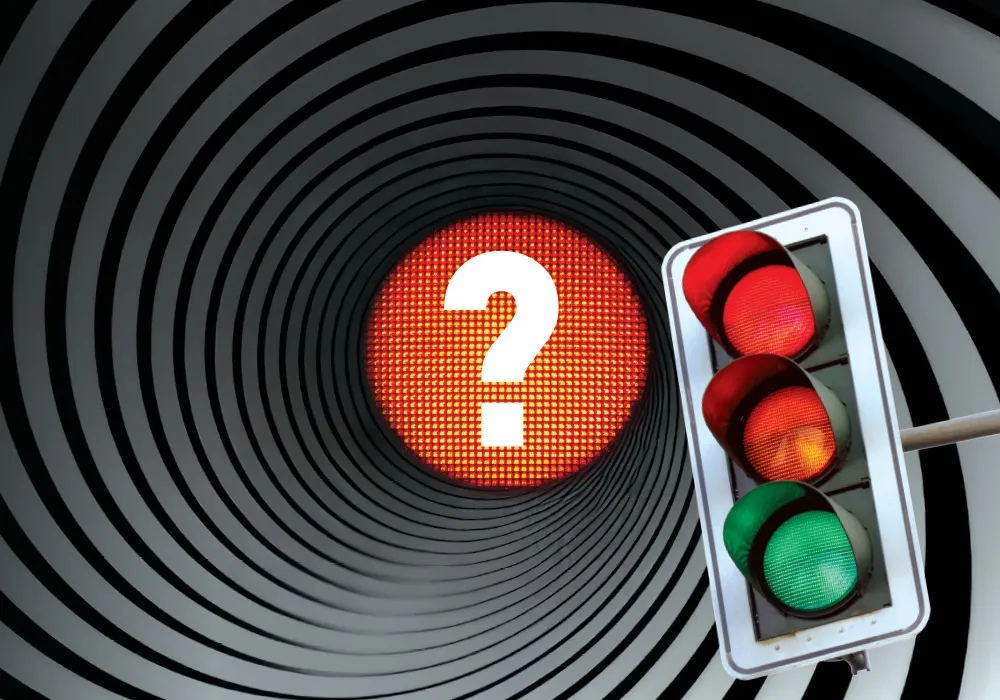With more roadway construction underway than ever in the state, the Texas Department of Transportation (TxDOT) is introducing its first highway safety feature that incorporates a queue warning system and temporary rumble strips to reduce work-zone collisions. Making its debut along a central Texas stretch of I-35, the system uses sensors to measure the speeds of approaching vehicles and then warns drivers through portable, electronic signs about upcoming traffic backups due to night lane closures in work zo
May 3, 2013
Read time: 2 mins
With more roadway construction underway than ever in the state, the 375 Texas Department of Transportation (TxDOT) is introducing its first highway safety feature that incorporates a queue warning system and temporary rumble strips to reduce work-zone collisions.
Making its debut along a central Texas stretch of I-35, the system uses sensors to measure the speeds of approaching vehicles and then warns drivers through portable, electronic signs about upcoming traffic backups due to night lane closures in work zones. The rumble strips are spaced between sensors to send mild vibrations through oncoming vehicles to get the attention of distracted or drowsy drivers.
“We’re proud to unveil this innovative, new safety technology and are hopeful we can expand the system in other areas of the state,” said Phil Wilson, TxDOT executive director. “This technology represents the future of roadway safety as it uses a comprehensive approach to warn drivers of traffic backups, thereby decreasing the likelihood they will enter a work zone at an unsafe speed. Any technology that has the potential to simultaneously protect motorists and roadside maintenance workers is well worth pursuing.”
Making its debut along a central Texas stretch of I-35, the system uses sensors to measure the speeds of approaching vehicles and then warns drivers through portable, electronic signs about upcoming traffic backups due to night lane closures in work zones. The rumble strips are spaced between sensors to send mild vibrations through oncoming vehicles to get the attention of distracted or drowsy drivers.
“We’re proud to unveil this innovative, new safety technology and are hopeful we can expand the system in other areas of the state,” said Phil Wilson, TxDOT executive director. “This technology represents the future of roadway safety as it uses a comprehensive approach to warn drivers of traffic backups, thereby decreasing the likelihood they will enter a work zone at an unsafe speed. Any technology that has the potential to simultaneously protect motorists and roadside maintenance workers is well worth pursuing.”








